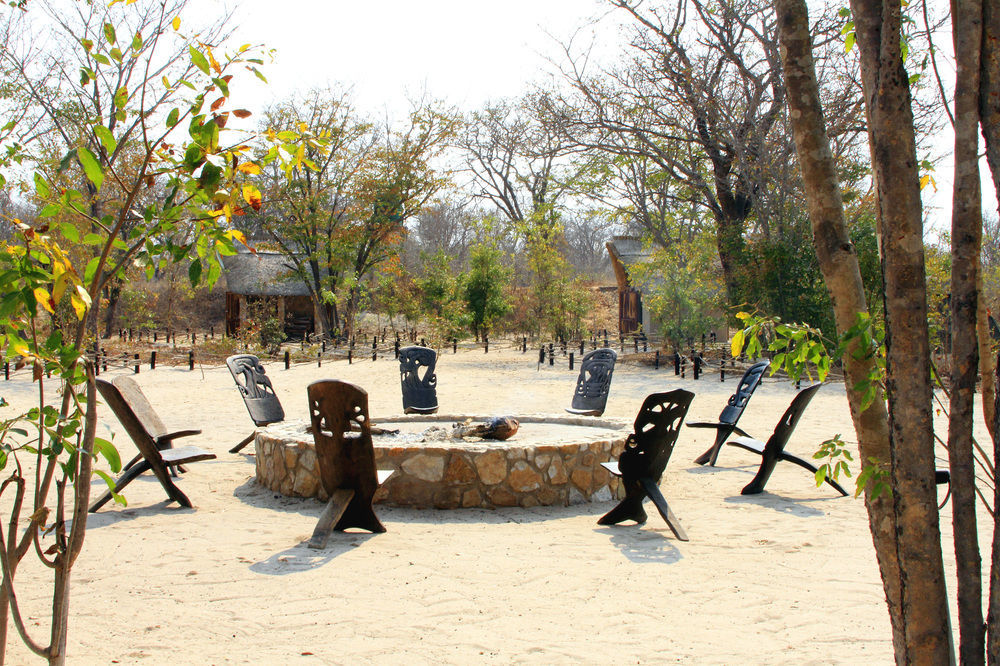Table of Contents
ToggleZimbabwe Removes Unpopular CALA Curriculum, Introduces School-Based Projects Instead
In a groundbreaking move set to revolutionize the educational framework of Zimbabwe, the government has officially discontinued the Continuous Assessment Learning Activities (CALA) curriculum. This action comes in response to widespread criticism regarding CALA’s applicability and burden on learners, paving the way for a more practical and streamlined approach through the introduction of school-based projects. This comprehensive article delves into the intricacies of this significant educational reform, exploring its rationale, the newly introduced school-based projects, their expected impact, and the future direction of education in Zimbabwe.
Introduction to the Shift
According to The Herald, the announcement marking the end of CALA and the advent of school-based projects has been warmly received across Zimbabwe. The CALA curriculum, although innovative in theory, quickly proved to be a source of stress for students and a logistical nightmare for educators, prompting a reevaluation of its efficacy. The government’s new strategy aims to alleviate these concerns, focusing on practical applications and reducing the academic load on students.
Background: The Challenges of CALA
Overwhelming Workload
Initially heralded as a progressive solution for continuous student assessment, CALA soon became synonymous with an overwhelming workload. Primary students were particularly hard hit, juggling upwards of 27 different learning activities.
Lack of Practical Application
Criticism also mounted against CALA’s heavy theoretical emphasis, which often came at the expense of practical skill development. This sparked a nationwide call for an educational curriculum that better prepares students for the realities of the workforce and daily life.
- Also Read: ZIMSEC Ordinary & Advanced Level Certificates Released For November 2022 & June 2023 Exams

[Image Credit: Facebook/Tsvangirayi Mukwazhi]
The Introduction of School-Based Projects
Emphasizing Practical Learning
School-based projects stand in stark contrast to CALA by prioritizing hands-on learning. Students are evaluated through practical tasks that directly relate to their subjects, aiming to foster a more engaging and applicable learning experience.
Simplification of Learning Areas
By streamlining the number of learning areas, the new curriculum allows students to delve deeper into subjects without being overstretched. This strategy is anticipated to improve comprehension and knowledge retention.
Implementation and Impact
Swift Implementation
The integration of school-based projects is a key component of the Heritage-Based Education 2024-2030 policy, which has been implemented with immediate effect. This rapid rollout highlights the government’s commitment to educational improvement.
Training and Resources
Comprehensive educator training and adequate resource provisioning are central to the successful adoption of the new curriculum. Efforts to upgrade infrastructure and enhance digital accessibility, especially in rural locales, are crucial to ensure equitable benefits from the curriculum changes.
Stakeholder Responses to Educational Reform
The shift towards school-based projects has elicited a variety of responses from educators, parents, and experts. Many have expressed optimism, viewing this change as a much-needed adjustment that aligns more closely with the needs of Zimbabwean learners. However, some caution that ongoing support and evaluation will be necessary to ensure the reforms achieve their intended outcomes.
Comparative Analysis of CALA and School-Based Projects
A direct comparison between CALA and school-based projects reveals significant differences in curriculum design, assessment methodologies, and anticipated learning outcomes. While CALA was criticized for its broad scope and theoretical focus, school-based projects aim for depth, practicality, and a more concentrated subject matter, which is expected to yield a more profound understanding and skill set among students.
Case Studies of Success
Looking internationally, similar educational reforms have been successful in countries that have shifted towards more practical, project-based learning. These case studies offer valuable insights into potential challenges and strategies for successful implementation, suggesting that careful planning and stakeholder engagement are key to realizing the benefits of such reforms.
Challenges and Solutions
The transition to a new curriculum is not without its challenges. Issues such as resource allocation, teacher training, and ensuring consistency across diverse educational settings are paramount. The government’s proactive approach to these challenges, including investments in teacher training and infrastructure, will be critical to the successful rollout of school-based projects.
Looking Ahead: The Vision for Zimbabwe’s Educational Future
The move to school-based projects is part of a broader vision to prepare Zimbabwean students for the demands of the 21st century. By fostering practical skills, critical thinking, and creativity, the new curriculum aims to equip learners with the tools they need to thrive in a rapidly changing world. The focus on inclusivity and accessibility ensures that all students, regardless of background, have the opportunity to benefit from these reforms.
Conclusion
The phase-out of CALA in favor of school-based projects marks a significant milestone in Zimbabwe’s educational evolution. This reform reflects a commitment to creating a more practical, manageable, and engaging learning environment. As this new curriculum unfolds, it holds the promise of empowering a generation of learners equipped to navigate and contribute to a complex global landscape. How will this educational transformation shape Zimbabwe’s future, both within its borders and on the global stage?



